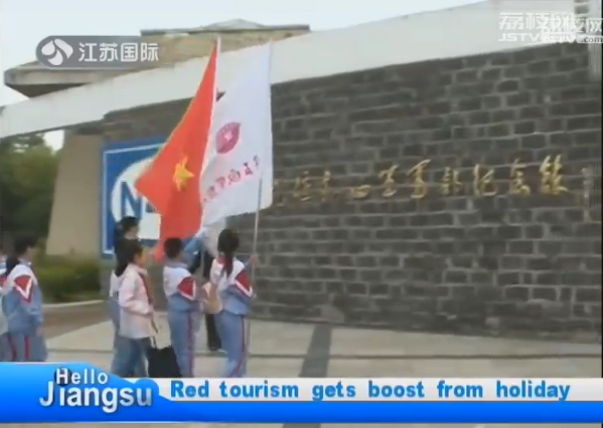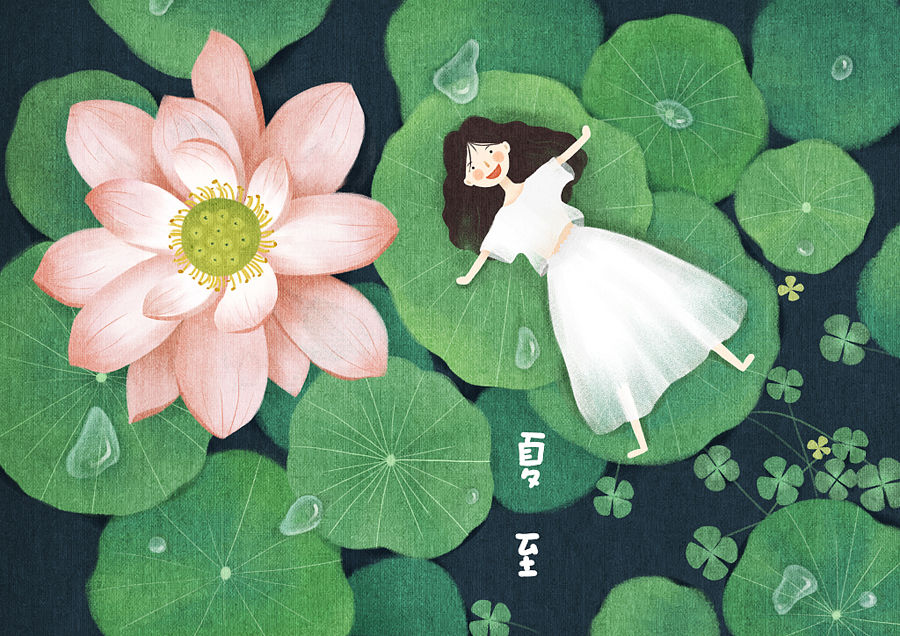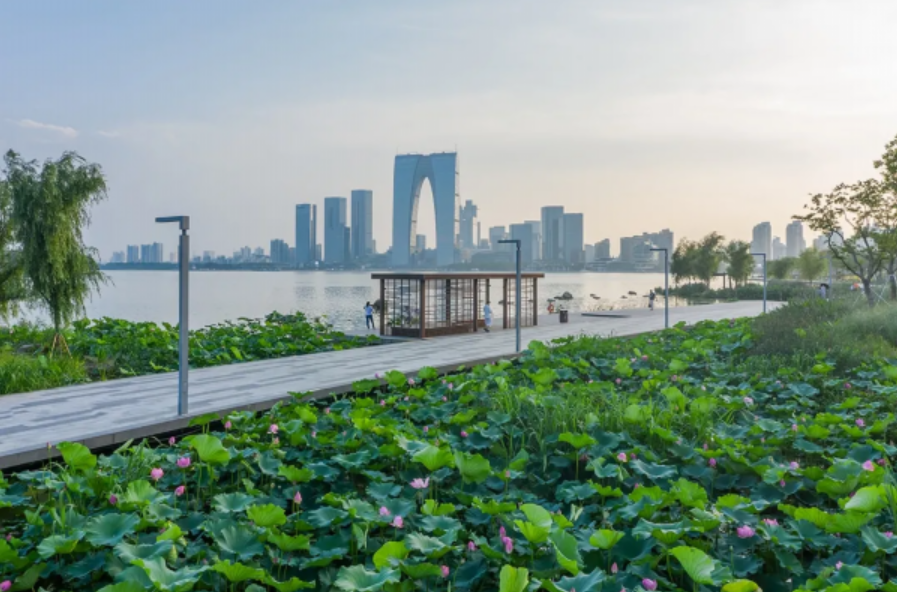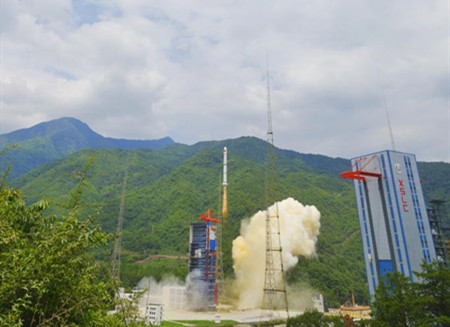Red tourism has received a major boost from the National Day holiday as is evidenced by the ceaseless flow of visitors swarming memorial halls and other red scenic spots.
"Red tourism" is certainly a catchword in China nowadays. By visiting "red scenic spots", which refers to historical places or sites that in one way or another have relevance to China's revolution, visitors can not only relax during a trip but also relive the People's Republic's resourceful "red history," a period spanning from 1921, when the Communist Party of China was born, to 1949 when new China was founded.
The memorial museum of the former headquarters of the communist-led new fourth army in Huanghuatang, Xuyi county, received thousands of visitors during the holiday.
"Red tourism" is related to historical sites and places which record China’s revolution led by the Communist Party of China from 1921 to 1949. Because both China’s five stars flag and the Communist flag are red, the Chinese named these historical sites red scenic spots. In China, the red scenic spots are especially popular around Party’s Day on July 1st and the National Day on October 1st.
The five most popular red tourism destinations include Yan’an, the holy land of China’s Communist Party revolution, Shaoshan, the hometown of Mao Zedong, Nanchang, the site of a significant uprising the August 1 Nanchang Uprising of 1927 which paved the way for the establishment of the communist-led military forces, Jinggang Mountain, the birthplace of the revolution led by the Communist Party of China, and Zunyi, noted for the site of the Zunyi Conference which saw Mao Zedong elected as the leader of the Communist Party of China for the first time.






